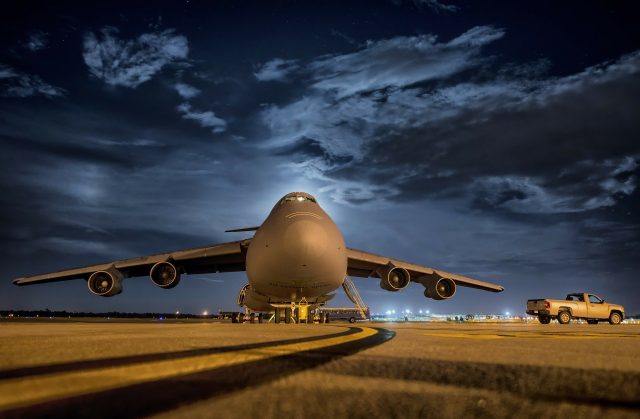Annual aircraft inspections offer the assurance that your plane is in good operating condition. In case the aircraft goes out of service suddenly without being announced, it will be impossible to provide proper customer service and safe operations. Annual aircraft inspections also help to ensure that the plane is safe to fly and maintain.
There are two types of annual aircraft inspections: basic and extra. Basic inspections are designed to check the condition of the airframe, props and landing gear. The purpose of this type of inspection is to check for accumulated manufacturer’s material wear and tear, components that may require replacement, and any other issues that affect the stability and maneuverability of the airframe. Extra inspection is designed to verify the condition of the airframe, tail surfaces, horizontal stabilizers and control surfaces. This type of inspection is also designed to make sure that there are no safety or operational limitations. The focus of an extra inspection is to verify the condition of each item.
Basic aircraft inspections start with a visual check of the airframe and its accessories, including the main landing gear and tail hinges. This visual inspection is normally done during take-off and after the last one or two stopovers during the flight. If the manufacturer’s recommended maintenance schedule is not followed, then major repairs may have to be conducted, which could delay or reduce passenger travel. In addition, some airlines require annual inspections to confirm that each of their airplanes is in proper airworthiness according to the manufacturer’s specifications. Airworthiness certificates play an important role in satisfying the Federal Aviation Administration requirements.
Most pilots like the convenience of getting an aircraft inspection on their personal planes. It saves them time and money, and eliminates the hassle of having to fly another plane just to have the inspection performed. Pilots with private planes usually do their own inspections before flying, and if they know that the plane is not in good condition they won’t fly it anyway. If a pilot discovers major flaws but is unable to correct them before take-off, he or she may opt to divert the plane to a nearby airport and have the flaw repaired before the plane is taken off. The inconvenience of having to fly another plane may be worth it to some pilots who prefer not to have annual aircraft inspections.
Some pilots don’t like annual aircraft inspections because they believe they don’t need them to be as thorough as those performed by the FAA. If the inspection finds a serious flaw, for example, a crack, puncture or tear in the plane’s skin, it should be repaired immediately before it causes a major problem during flight. Some manufacturers of private planes, however, don’t agree with pilots’ opinions on whether annual preflight checks are enough. They argue that the preflight should include a close examination of the plane’s controls, the airframe structure, the fuel system, the onboard electrical components and other things that could cause the unexpected. This way, the risk of a large-scale accident is lessened, and the lives of all on board are protected.
There are many arguments over whether annual aircraft inspections are sufficient. Pilots and aviation experts agree that the most important factor in determining whether an aircraft is airworthy is the “single engine” rule. While the annual regulations can be strict, if you fly many planes you probably already know that the annual inspections will not prevent you from having to fly one single engine short of engine failure. You’ll still need to take your plane through the inspections, and you’ll still need to perform the necessary maintenance. But the single-engine rule can save your life when something does go wrong.


























































